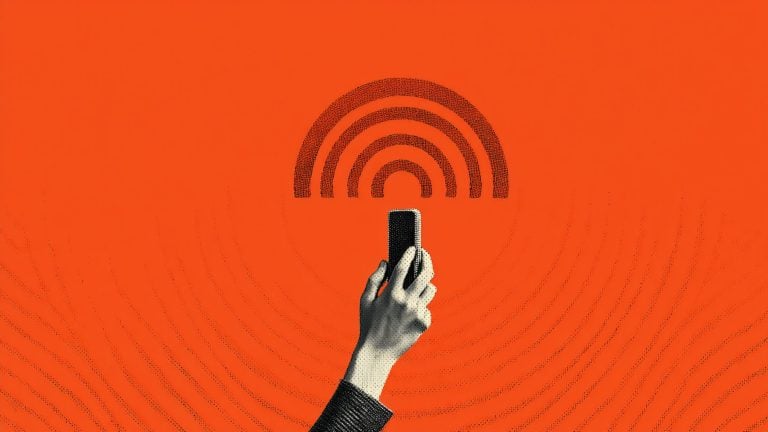The company Neuralink, financed by Elon Musk with $100 million, announced Tuesday its progress in creating a brain-machine interface. The company developed a “sewing machine-like” robot able to implant ultrathin conductive fibers directly into the brain.
Neuralink hopes to begin human experimentation as soon as the second quarter of next year.
The idea behind it is to “widen the band” by inserting a device into the brain to allow instant communication between the neurons and a computer, much like it happens in science fiction. In the novel “Neuromancer” by William Gibson, the author describes “microsoft”, a small cartridge connected to the brain via a plug that gives instant knowledge to its human user. Similarly, in the 1995 movie Johnny Mnemonic, based on another of Gibson’s novels, the protagonist smuggles data through a bionic implant in his brain.
Elon Musk is positive that Neuralink technology might soon help humans with an array of ailments, like helping disabled people regain mobility or senses. He also promoted the idea that once humans will reach the “singularity”, the dawn of digital superintelligence, it will be fundamental to have a deep, direct neurological bond with the AI, not to be left behind.
The company explains surgeons would either drill or pierce holes through the skull with lasers to implant the threads.
“One of the big bottlenecks is that a mechanical drill couples vibration through the skull, which is unpleasant, whereas a laser drill, you wouldn’t feel,” said Max Hodak, Neuralink president.
In a demonstration at its research lab on Monday, Neuralink showed a system connected to a laboratory rat collecting information from 1,500 electrodes – 15 times better than current human-embedded systems.
Neuralink’s distinctive feature is that it places flexible microfibers packed with electrodes right next to the neurons, the brain’s fundamental cells.
The threads are sewed in position using tiny needles, and 3D computer vision to avoid blood vessels in the brain. The technique uses small bundles of threads each about one-fourth of a human hair.
Depending on the application, the threads might be inserted in different areas and to different depths, affecting districts such as the vision, hearing or motion centers.
The Pentagon is also working on similar technologies. DARPA funded researchers are studying interfaces that allowed quadriplegics to manipulate robotic arms to perform manual tasks, hopefully just drinking sodas.








